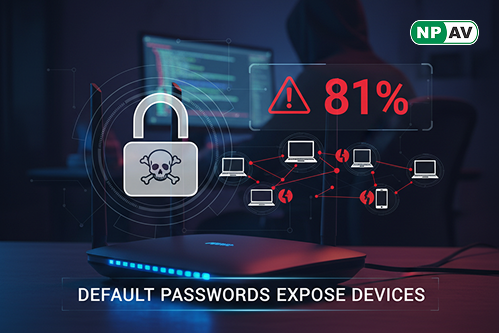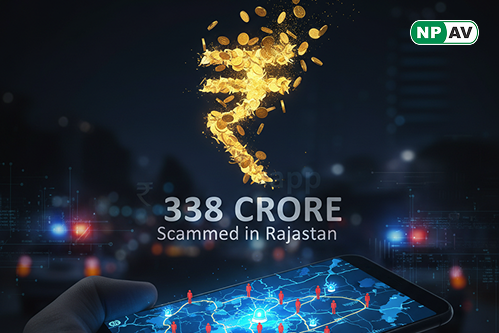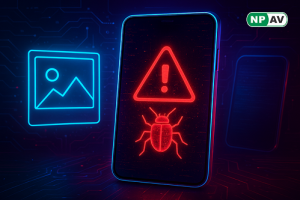Npav Lab
-
Read moreiOS 26 overwrites shutdown.log, erasing Pegasus traces—learn about the impact on forensics and tips to protect against spyware threats.
-
Read moreSurvey shows 81% haven't changed router passwords—learn about malware risks, attack methods, and simple steps to secure your home network.
-
Read moreCambodia-based syndicates orchestrate Indian cyber frauds—learn about "cyber slavery," massive losses, and the need for global cooperation to stop this transnational threat.
-
Read moreRajasthan cyber fraudsters use Chinese app to evade police—learn about the scams, tactics, and tips to protect against these evolving threats.
-
Read moreQilin ransomware uses Windows tools to steal data—learn about its tactics, targets, and defenses like monitoring and segmentation to protect against this growing threat.
-
Read moreAWS outage in US-EAST-1 caused by DNS failures—learn about the impact, recovery, and tips to mitigate cloud disruptions like this October 2025 incident.
-
Read moreCVE-2025-22167 in Jira allows file alteration via path traversal—learn affected versions, risks, and upgrade steps to secure your project management systems.
-
Read moreM&S terminates TCS contract post-₹3,200 crore breach—learn about social engineering tactics, outsourcing risks, and the need for stronger cybersecurity measures.
-
Read moreRedTiger infostealer targets gamers for Discord and crypto theft—learn about its persistence, exfiltration methods, and tips to secure your accounts from this growing threat.
-
Read moreYouTube Ghost Network spreads malware via viral videos—learn about the tactics, payloads like Rhadamanthys, and tips to avoid game hacks and cracks that hide threats.















